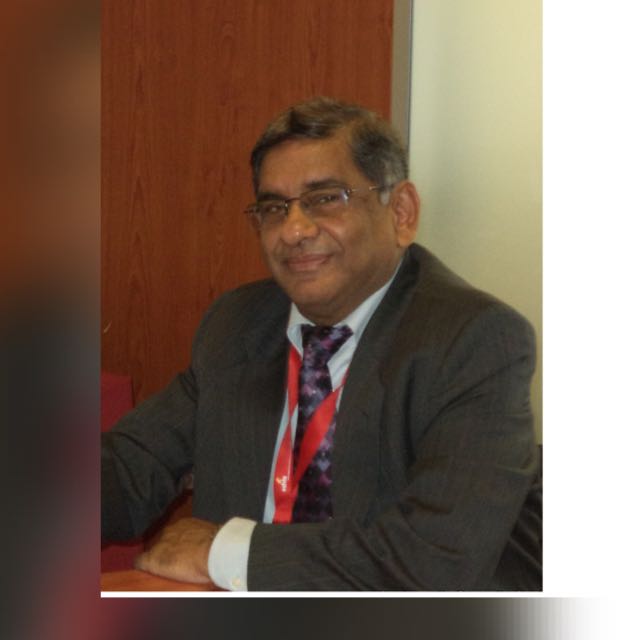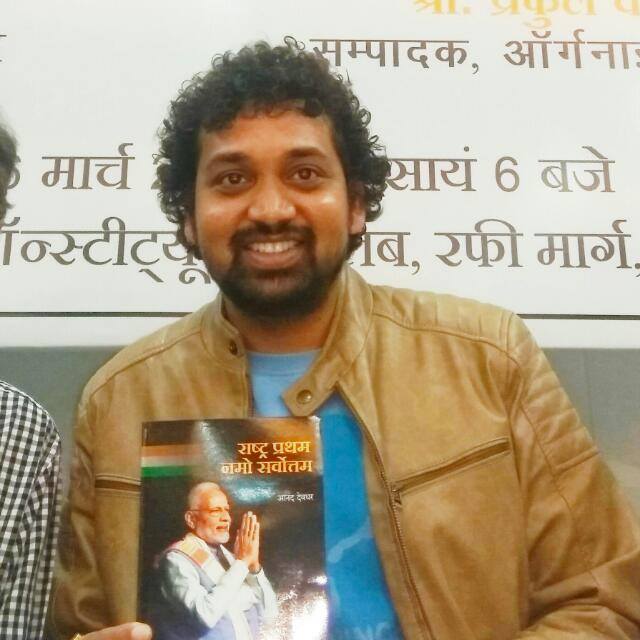FINAL | BUSINESS CASE - BCS 03
Head of Human Resources Department Submission BCS Final 03
NMO Season 1
Quality of Education In India
Submission Date & Time : 2019-04-21 10:29:30
Submitted By: Ankita Markan - Head of Human Resources Department From Team Kalam
BCS Solution SummaryIndia is young country with around 28% of the population in the 0-14 age group. Education in India is provided by public schools (controlled and funded by three levels: central, state and local) and private schools. Under various articles of the Indian Constitution, free and compulsory education is provided as a fundamental right to children between the ages of 6 and 14. The approximate ratio of public schools to private schools in India is 7:5. India has made progress in increasing the attainment rate of primary education. In 2011, Approximately 75% of the population, aged between 7 to 10 years, was literate. India's improved education system is often cited as one of the main contributors to its economic development. Much of the progress, especially in higher education and scientific research, has been credited to various public institutions. While enrollment in higher education has increased steadily over the past decade, reaching a Gross Enrollment Ratio of 24% in 2013, there still remains a significant distance to catch up with tertiary education enrollment levels of developed nations, a challenge that will be necessary to overcome in order to continue to reap a demographic dividend from India's comparatively young population. In January 2019, India had over 900 universities and 40,000 colleges. In India's higher education system, a significant number of seats are reserved under affirmative action policies for the historically disadvantaged Scheduled Castes and Scheduled Tribes and Other Backward Classes. In universities, colleges, and similar institutions affiliated to the federal government, there is a maximum 50% of reservations applicable to these disadvantaged groups, at the state level it can vary. Although huge amounts of significant progress have been made since independence in the arena of education, there is still a long way to go to make India one of the educated countries of the world.
Solution
Teaching Staff Quality
In the Indian education system, a teacher's success is loosely defined. It is either based on a student's success or based on the years of teaching experience, both of which do not necessarily correlate to a teacher's skill set or competencies. The management of an institution could thereby be forced to promote teachers based on the grade level they teach or their seniority, both of which are often not an indicator of a good teacher. This means that either a primary school teacher is promoted to a higher grade, or a teacher is promoted to take up other roles within the institution such as Head of Department, coordinator, Vice Principal or Principal. However, the skills and competencies that are required for each of them vary and a great teacher may not be a great manager. Since teachers do not see their own growth and success in their own hands, they often do not take up any professional development. Thus, a framework needs to be identified to help a teacher chart a career path based on his/her own competency and help him/her understand his/her own development.
Comments

Dr Saroj Kumar Dutta
Good Data analysis, presentation could be better. Good work done!!

Arun Kumar
Nice suggestions, could've much better with regards to Human Resources Department, Overall Great .
Aarti
Good work...keep it upðŸ‘
Shiv Kumar
Well doneðŸ‘
Bahadur singh
Keep it up
Pooja Dharni
Very nice...done well...keep it up..ðŸ‘ðŸ‘
Aditya
Great work ðŸ‘
Mahima Bangar
Good content
Abhay Mehta
Great work ðŸ‘
Participant
Ankita Markan
, Shri Ram College of Commerce